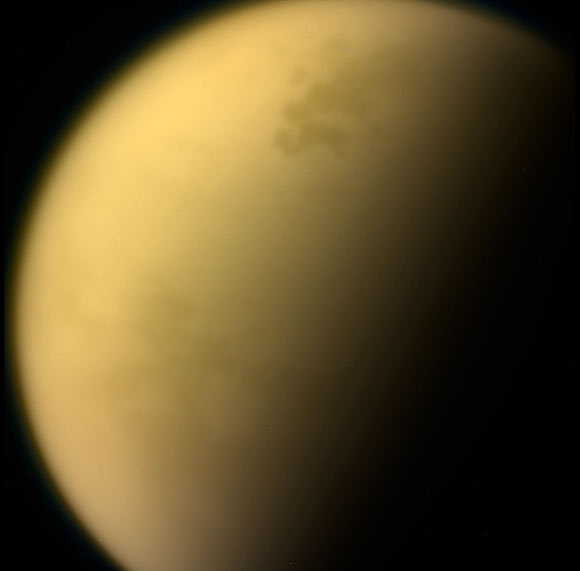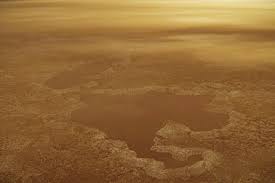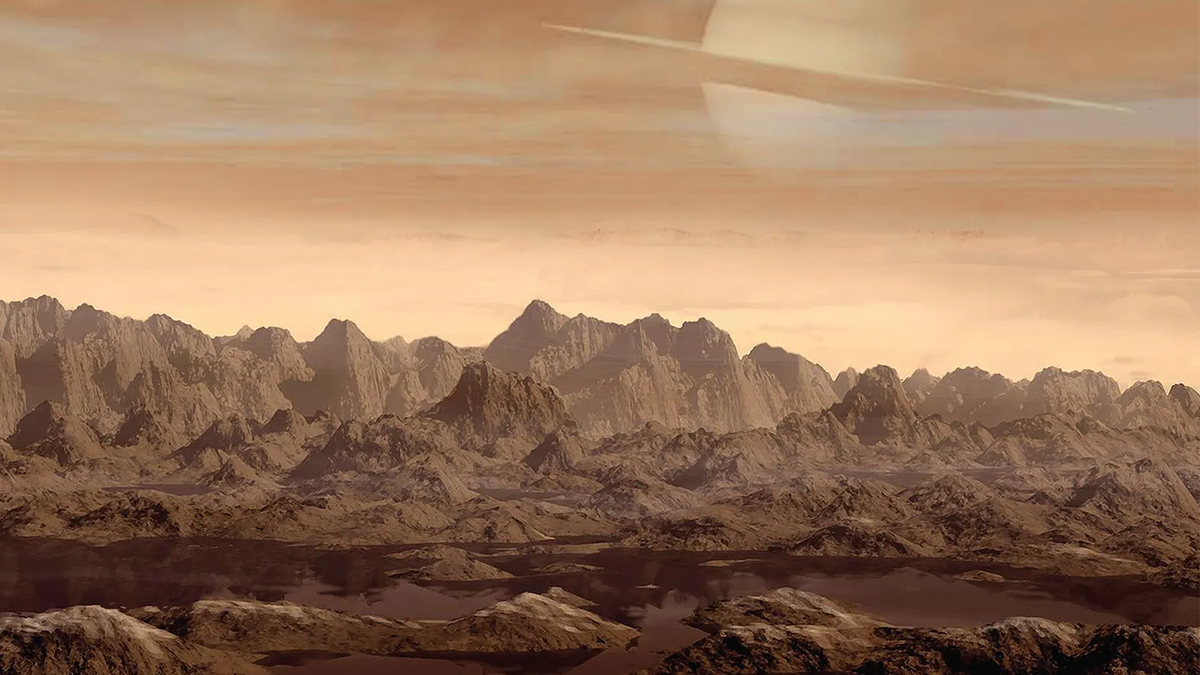
Titan is the only moon in the Solar System with a significant atmosphere, and one that has long captivated planetary scientists.

New research finds that despite large rivers and seas of liquid methane, Saturn's moon Titan seems mostly devoid of river deltas.

A team of astronomers from Taiwan, Canada, the United States, and France has observed 128 additional moons orbiting the gas giant Saturn, bringing its total number of confirmed moons to 274.

Instead of water, the fluid that runs across Titan is an unholy mixture of methane, ethane, and other hydrocarbons. A new study suggests that waves of the greenhouse gases could be crashing on the moon’s coastlines, shaping its wet landscape.

A study shows the subsurface ocean of Titan—the largest moon of Saturn—is most likely a non-habitable environment, meaning any hope of finding life in the icy world is dead in the water.

On new recently released NASA images show the moons of Saturn in all their glory, as if they came straight out of the pages of science fiction.

Saturn's small, crater-covered moon Mimas may have a vast ocean under its thick icy surface, according to a new paper.

Phosphorus is the least abundant essential element necessary for life, and its recent detection in icy grains from Enceladus could redefine how we look at life beyond Earth.

This plume is larger than any previously observed on the moon and may contain the necessary chemicals for life coming from below its icy surface.

New discoveries by a team of astronomers added 62 new moons to Saturn’s existing 83, bringing its total to 145. Therefore, Saturn is the first planet known to have more than 100 moons.

Compared to most places you might wander in the Solar System, Titan, the giant moon of Saturn, is in many ways strangely familiar to Earth.

Recently scientists have determined that no known process can be pumping out the amount of methane observed spewing from Saturn's moon Enceladus. That means it could be biological in origin.

A submarine mission to Saturn’s largest moon has long been under discussion. If such a mission was ever launched, it would have plenty of room to operate, because Titan’s largest sea, Kraken Mare, is likely more than 300 m deep.

The current tilt of Saturn's rotation axis is caused by the migration of its satellites, and especially by that of its largest moon, Titan. Titan and the other moons are moving away from Saturn much faster than it had been previously estimated.

NASA scientists identified a molecule in Titan’s atmosphere that has never been detected in any other atmosphere - cyclopropenylidene, or C3H2. This simple molecule may be a precursor to possible life on Titan.